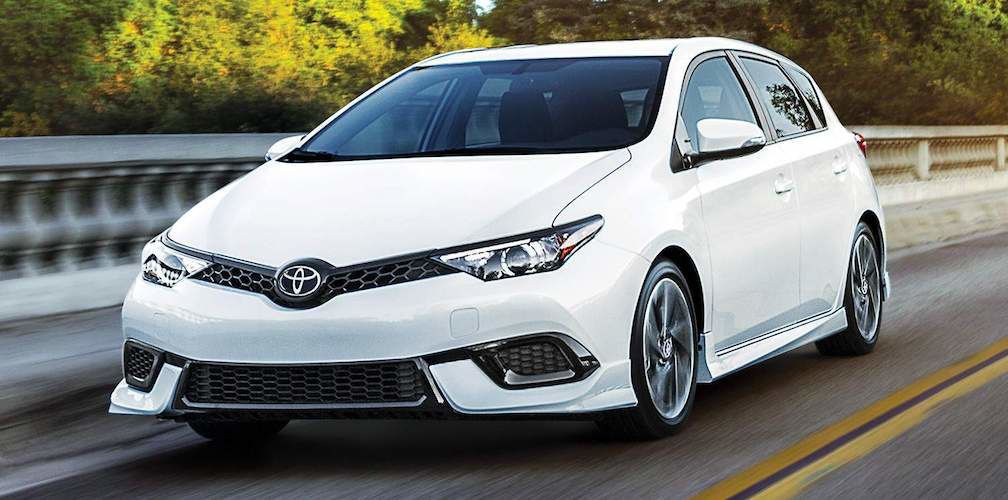Select a province & language
Entrance to this website assumes you have read and agree to these Legal Terms and Conditions and the Privacy Policy.
Entrance to this website assumes you have read and agree to these Legal Terms and Conditions and the Privacy Policy.

Ever made a paper airplane? You’re well on your way to understanding aerodynamics
At its most basic, aerodynamics is the study of how air interacts with things that move. Air has density, so anything moving through it will encounter resistance (or “drag”) and eventually lose its speed. On the other hand, air moving underneath the object can provide a boost (also called “lift) and keep a plane soaring. Crisp folds, a symmetrical shape, and an uncluttered wing design will minimize drag, maximize lift, and send the plane safely to its target.
At high speeds, these competing drag and lift forces can make objects act in erratic ways — not exactly ideal for highway driving. Optimizing a car’s aerodynamics will also:
Of course, aerodynamics isn’t the only goal for car designers. If it was, we’d all ride to work in mini bullet trains. Passenger comfort and heat management for the vehicle’s engine (which air helps to cool down) are two important consideration that act as counterpoints against pure aerodynamic efficiency.
“All of these factors have to be addressed at the same time,” notes Gary Elfstrom, aerodynamicist in the ACE Climatic Wind Tunnel in Oshawa, Ontario. “It’s a balance, and aerodynamics is the one thing that ties it all together.”
An immense amount of thought and testing goes into developing aerodynamic cars. But after spending months at their computers and drafting tables, designers put their prototypes through a pretty similar testing process to the one you used in middle school — trial and error. Basically, they stick cars in a giant wind tunnel, blast them with coloured air, and watch what happens.
“The smoke gives you a fast look at any issues on the surface of the car that are creating separated flow — and it also looks cool,” says Elfstrom. “Wherever there’s separated flow, something is likely increasing the drag.”
Air acts differently depending on the weather conditions, so the ACE Wind Tunnel (one of the largest in the world) also offers durability tests that generate climate conditions like freezing rain. Yep, Elfstrom gets to create the weather as part of his job description.
To maximize aerodynamic efficiency, opt for a car with a streamlined shape, low frontal area, and minimal openings in the body works. But remember, if you’re just trying to save money on your gas bill, and not break the sound barrier, an aerodynamic exterior shouldn’t be your only consideration.
“You want to keep the exterior design slippery to reduce drag. But if you close off the air going into the engine bay because of styling, you might suddenly find there’s not enough engine cooling,” notes Elfstrom. “That’s the challenge.”
Taking things further, the addition of features such as spoilers and side skirts on sports cars are intended to manipulate the airflow to improve downforce. These tactics also make their way into designs of more conventional cars, albeit in less overt ways.
For example in the Corolla iM Hatchback, the design includes body features such as the rear lip spoiler and body side skirts. In this case the features not only lend the hatchback its sporty looks, but make sure that the style is optimized for aerodynamics and all the benefits that brings.